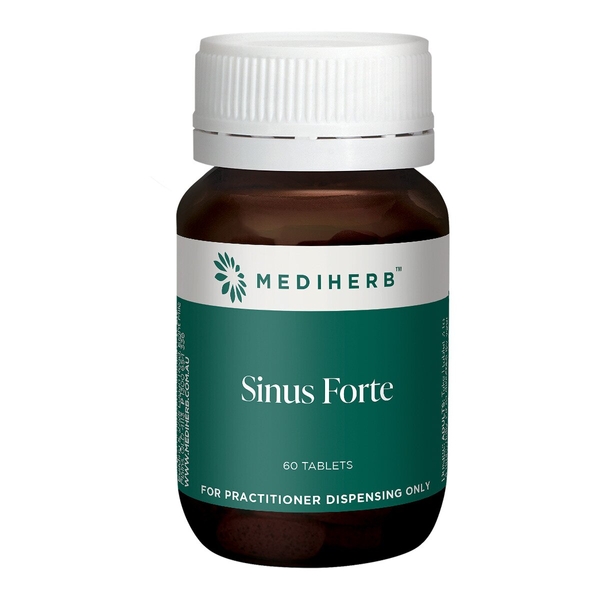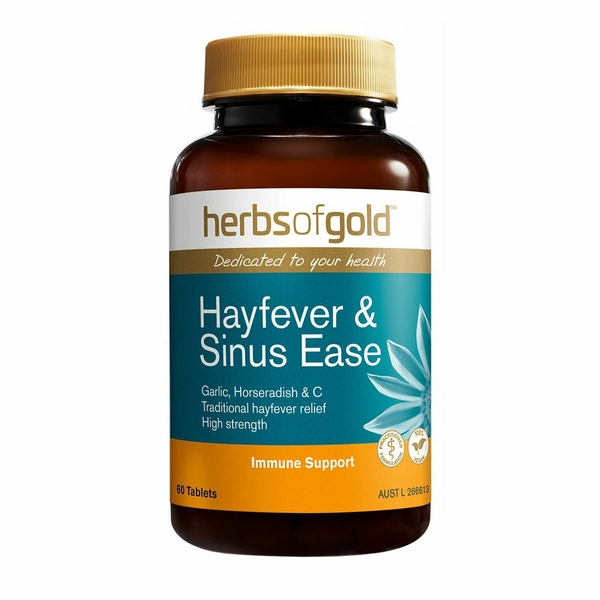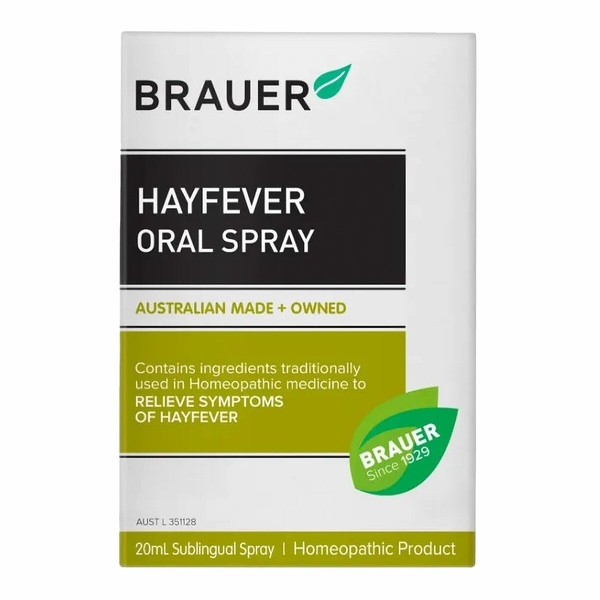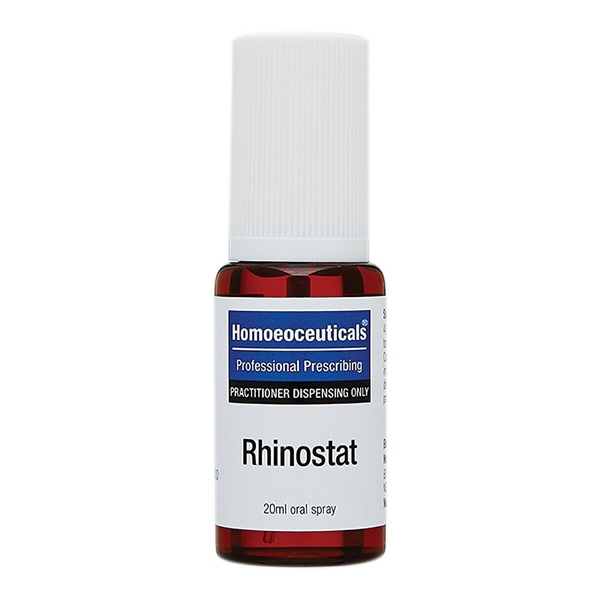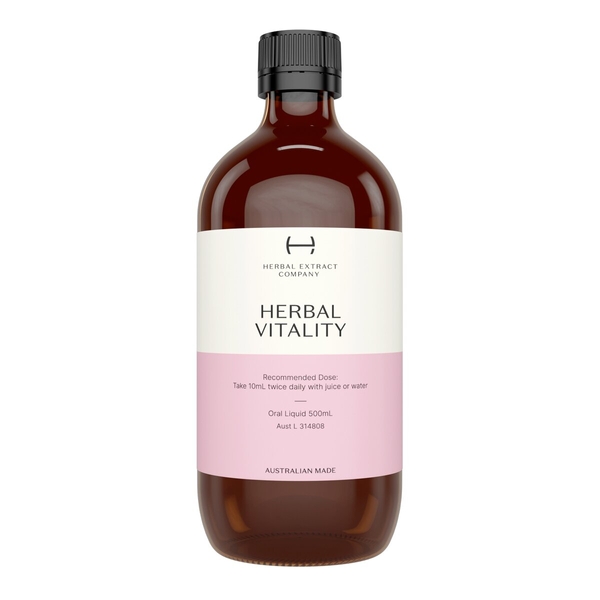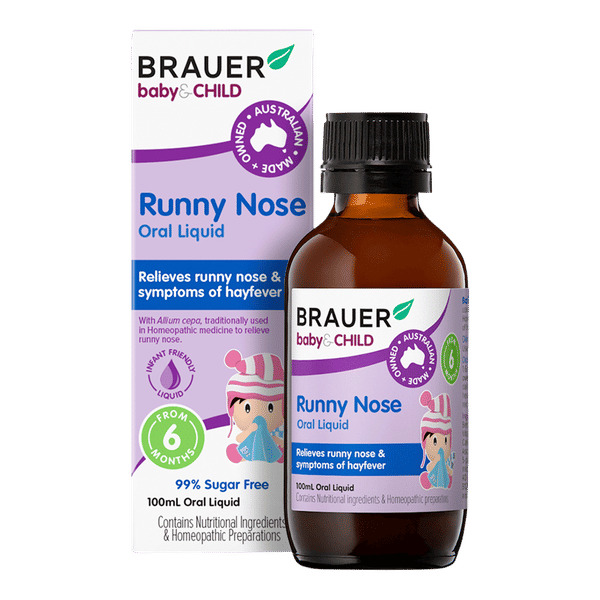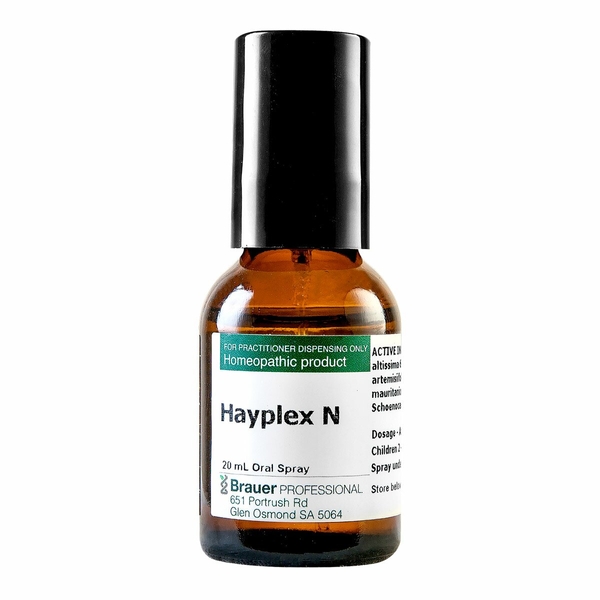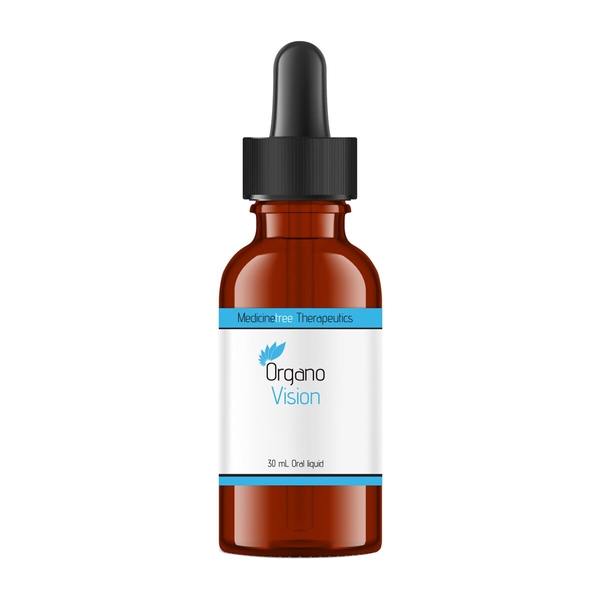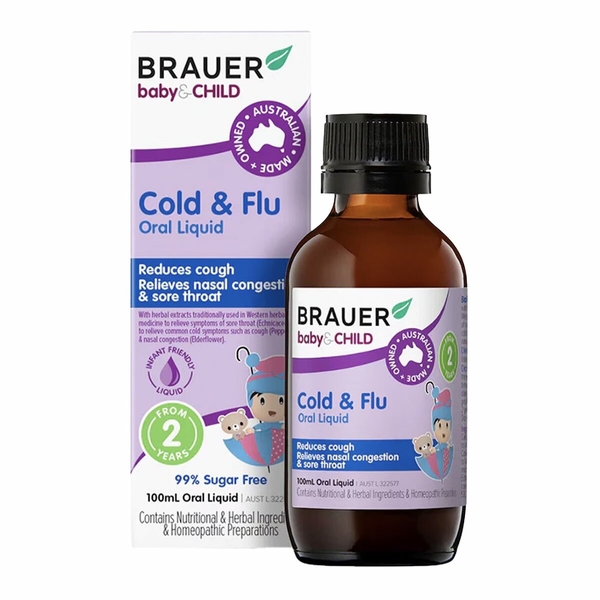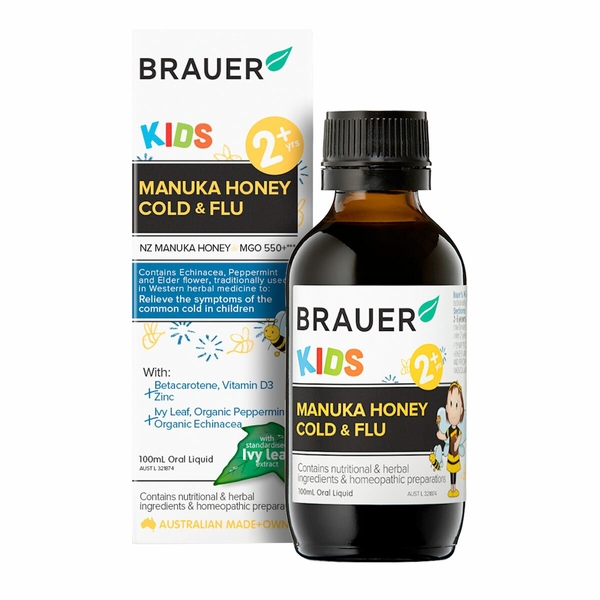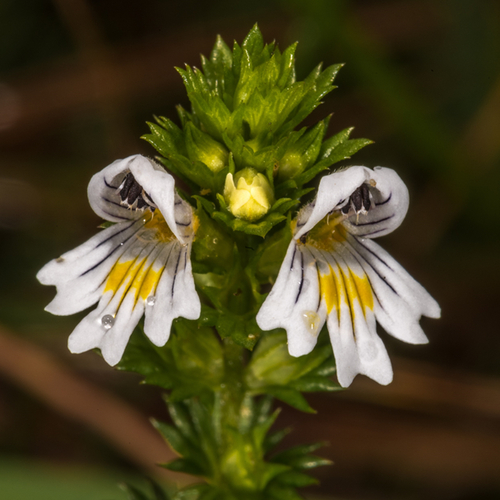
Eyebright
Scientific names: Euphrasia rostkoviana, Euphrasia officinalis, Euphrasia stricta
Family: Scrophulariaceae
Alternative names: Aufraise, Augentrostkraut, Casse-Lunettes, Eufrasia, Euphraise, Euphraise Officinale, Euphraise de Rostkov, Euphrasia, Euphraisia Eye Bright, Euphrasiae Herba, Eye Bright, Herbe d'Euphraise, Luminet
Actions: Anti-inflammatory, Anti-microbial, Hepatoprotective
Background
Eyebright (Euphrasia rostkoviana) is an herb with small white or red flowers. It's traditionally used as medicine in Europe.
Eyebright contains chemicals that might reduce inflammation and kill bacteria.
People use eyebright for hay fever, eye strain, common cold, cancer, cough, and many other conditions, but there is no good scientific evidence to support these uses.
Don't confuse eyebright with clary sage, which is sometimes called clear eye. These are not the same.
Eyebright contains chemicals that might reduce inflammation and kill bacteria.
People use eyebright for hay fever, eye strain, common cold, cancer, cough, and many other conditions, but there is no good scientific evidence to support these uses.
Don't confuse eyebright with clary sage, which is sometimes called clear eye. These are not the same.
Safety Safety definitions
When taken by mouth: Eyebright is commonly consumed in foods. It's used as a food flavoring in Europe. But there isn't enough reliable information to know if eyebright is safe when used in larger amounts as medicine. Side effects might include headache, nausea, and constipation.
When applied into the eye: Eyebright is possibly unsafe. It can be contaminated and cause eye infections. It might also cause tearing, itching, redness, vision problems, and other side effects.
Surgery: Eyebright might lower blood sugar in some people. This might interfere with blood sugar control during and after surgery. Stop using eyebright at least 2 weeks before a scheduled surgery.
When applied into the eye: Eyebright is possibly unsafe. It can be contaminated and cause eye infections. It might also cause tearing, itching, redness, vision problems, and other side effects.
Special Precautions & Warnings:
Pregnancy and breast-feeding: There isn't enough reliable information to know if eyebright is safe to use when pregnant or breastfeeding. Stay on the safe side and avoid use.Surgery: Eyebright might lower blood sugar in some people. This might interfere with blood sugar control during and after surgery. Stop using eyebright at least 2 weeks before a scheduled surgery.
Effectiveness
Effective Effectiveness definitions
There is interest in using eyebright for a number of purposes, but there isn't enough reliable information to say whether it might be helpful.
Dosing & administration
Traditionally, eyebright is used dried and as a tea. But as medicine, there isn't enough reliable information to know what an appropriate dose of eyebright might be. Keep in mind that natural products are not always necessarily safe and dosages can be important. Be sure to follow relevant directions on product labels and consult a healthcare professional before using.
Interactions with pharmaceuticals
Medications for diabetes (Antidiabetes drugs)
Interaction Rating=Moderate Be cautious with this combination.
Eyebright might lower blood sugar levels. Taking eyebright along with diabetes medications might cause blood sugar to drop too low. Monitor your blood sugar closely.
Interactions with herbs & supplements
Herbs and supplements that might lower blood sugar: Eyebright might lower blood sugar. Taking it with other supplements with similar effects might lower blood sugar too much. Examples of supplements with this effect include aloe, bitter melon, cassia cinnamon, chromium, and prickly pear cactus.
Interactions with foods
There are no known interactions with foods.
Products
View all productsPractitioner product
RRP: $43.95$30.77Save: 30%
Create account
Per 0.52 mL:
- Euphrasia
- Sinapis nigra
- Sticta pulmonaria
- Allium cepa (Onion)
- Arsenicum album (Ars alb)
- Sabadilla
- Ambrosia artemisiaefolia
- Arsenicum iodatum (Ars iod)
- Kalium iodatum (Kali iodatum)
- Naphthalinum
RRP: $23.99$19.20Save: 20%
Create account
Per serve:
- Euphrasia
- Mixed pollens and dust mite
- Histaminum muriaticum
- Arsenicum album (Ars alb)
- Paloondo
- Sabadilla
- Pheniramine
- Allium cepa (Onion)
Practitioner product
Per 0.52 ml:
- Euphrasia
- Mercurius solubilis Hahnemanni
- Sodium chloride
- Allium cepa (Onion)
- Atropa belladonna
- Gelsemium sempervirens
- Potassium dichromate
- Potassium iodide
- Anemone pulsatilla (Pasque flower)
- Calcium sulphate (Calc sulph)
- Sambucus nigra (Elderberry)
- Schoenocaulon officinale
Practitioner product
Per 10 mL:
- Euphrasia officinalis (Eyebright) ext. equiv. dry 1.05 g
- Sambucus nigra ext. equiv. dry 2.1 g
- Echinacea purpurea ext. equiv. dry 1.05 g
- Plantago lanceolata ext. equiv. dry 840 mg
- Achillea millefolium ext. equiv. dry 700 mg
- Tilia cordata ext. equiv. dry 700 mg
- Calendula officinalis ext. equiv. dry 420 mg
- Cinnamomum verum ext. equiv. dry 210 mg
- Pimpinella anisum (seed) oil
- Water
- Glycerol
- Alcohol
Practitioner product
Per 10 mL:
- Euphrasia officinalis (Eyebright) ext. equiv. dry 711 mg
- Crataegus monogyna ext. equiv. dry 711 mg
- Rehmannia glutinosa ext. equiv. dry 711 mg
- Eleutherococcus senticosus ext. equiv. dry 533 mg
- Urtica dioica ext. equiv. dry 888 mg
- Petroselinum crispum ext. equiv. dry 888 mg
- Trifolium pratense ext. equiv. dry 711 mg
- Taraxacum officinale ext. equiv. dry 711 mg
- Avena sativa ext. equiv. dry 355 mg
- Equisetum arvense ext. equiv. dry 355 mg
- Vaccinium myrtillus ext. equiv. dry 107 mg
- Rosmarinus officinalis ext. equiv. dry 71 mg
- Cinnamomum verum ext. equiv. dry 71 mg
- Syzygium aromaticum ext. equiv. dry 18 mg
- Mentha x piperita oil
- Pimpinella anisum oil
- Glycerol
Practitioner product
Per serve:
- Euphrasia
- Allium cepa (Onion)
- Kalium bichromicum
- Sabadilla
- Natrium chloratum
- Kalium sulphuricum
- Ferrum phosphoricum
RRP: $19.90$16.92Save: 15%
Create account
Per 1 mL:
- Euphrasia
- Calcium ascorbate dihydrate (Vitamin C) 4.87 mg equiv. ascorbic acid 4 mg
- Allium cepa 6 C
- Beta-carotene carotenoids (Vitamin A) 240 μg equiv. vitamin A RE 20 μg
- Pyridoxal 5-phosphate monohydrate (P5P) 70.63 μg equiv. pyridoxine 40 μg
- Cyanocobalamin (Vitamin B12) 0.06 μg
- Anemone pulsatilla (Pasque flower)
- Ferrous phosphate (Iron)
- Potassium dichromate
- Potassium iodide
- Sodium chloride (Salt)
RRP: $20.99$16.79Save: 20%
Create account
Per 0.52 mL:
- Euphrasia
- Sodium chloride
- Sambucus nigra (Elderberry)
- Allium cepa (Onion)
- Galphimia glauca
- Schoenocaulon officinale
- Ailanthus altissima
- Ambrosia artemisiaefolia
- Aralia racemosa
- Ampelodesmos mauritanicus
Practitioner product
Per serve:
- Euphrasia
- Atropa belladonna
- Hamamelis virginiana (Witch hazel)
- Aesculus hippocastanum (Horsechestnut)
- Porcine lachrymal glands
- Porcine lens
- Porcine optic nerve
- Ruta graveolens
Practitioner product
Per 1 mL:
- Euphrasia
- Pulsatilla pratensis
- Echinacea purpurea ext. 13.34 mg
- Sambucus nigra ext. 22.22 mg
- Zinc glycinate 670 μg equiv. zinc 200 μg
- Calcium ascorbate dihydrate (Vitamin C) 24.33 mg equiv. ascorbic acid 20 mg
- Gelsemium sempervirens
- Rhus toxicodendron (Poison Ivy)
- Mentha x piperita ext. 13.33 mg
- Cholecalciferol (Vitamin D3) 0.25 μg equiv. vitamin D 10 IU
- Allium cepa (Onion)
RRP: $20.99$16.79Save: 20%
Discontinued by Brauer
Create account
Per 1 mL:
- Euphrasia
- Echinacea purpurea ext. 6.7 mg
- Leptospermum scoparium (Manuka honey) 65 mg
- Beta-carotene carotenoids (Vitamin A) 150 μg equiv. vitamin A RE 25 μg
- Cholecalciferol 0.25 μg equiv. vitamin D3 10 IU
- Zinc glycinate 443 μg equiv. zinc 125 μg
- Mentha x piperita ext. 13.3 mg
- Sambucus nigra ext. 41.7 mg
- Hedera helix ext. 5 mg
- Honey 325 mg
- Gelsemium sempervirens
- Sodium chloride (Nat mur)
- Anemone pulsatilla (Pasque flower)
- Allium cepa 3 C
RRP: $20.99$16.79Save: 20%
Discontinued by Brauer
Create account
vital.ly has licensed monographs from TRC Healthcare.
This monograph was last reviewed on 16/01/2025 11:00:00 and last updated on 01/12/2014 22:58:10. Monographs are reviewed and/or updated multiple times per month and at least once per year.
Natural Medicines disclaims any responsibility related to medical consequences of using any medical product. Effort is made to ensure that the information contained in this monograph is accurate at the time it was published. Consumers and medical professionals who consult this monograph are cautioned that any medical or product related decision is the sole responsibility of the consumer and/or the health care professional. A legal License Agreement sets limitations on downloading, storing, or printing content from this Database. No reproduction of this monograph or any content from this Database is permitted without written permission from the publisher. It is unlawful to download, store, or distribute content from this site.

